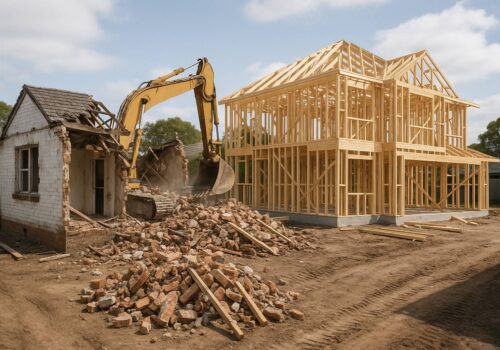Essential Considerations for Budgeting Building Removals
Planning building removals requires careful consideration of various factors to ensure a smooth and cost-effective process. From the size and condition of the structure to logistical challenges, several elements can impact the overall cost of the project. Understanding these cost factors is crucial for budgeting accurately and avoiding unexpected expenses.
Structural Complexity
The complexity of the building plays a significant role in determining the cost of removal. Buildings with intricate designs, multiple storeys, or unique features may require more labour and equipment to dismantle and transport. Additionally, structures made of materials like concrete or steel can be more challenging and costly to demolish compared to wooden buildings. Assessing the structural complexity of the building is essential for estimating demolition costs accurately.
Site Accessibility
The accessibility of the site is another critical factor to consider when budgeting for building removals. Sites located in urban areas with limited space or restricted access may require special permits or additional equipment, such as cranes or scaffolding, to safely remove the building. Building demolition contractors can assess the site’s accessibility and provide recommendations for mitigating potential challenges.
Environmental Regulations
Compliance with environmental regulations is essential during building removals. Depending on the building’s age and materials, there may be hazardous substances like asbestos or lead that need to be safely removed and disposed of according to regulations. Failure to adhere to these regulations can result in fines or legal consequences. It’s essential to budget for environmental assessments, remediation, and disposal costs to ensure compliance and minimise risks.
Salvageable Materials
Before demolition, it’s essential to identify any salvageable materials that can be recycled or reused. Salvaging materials like timber, bricks, or metal can offset some of the demolition costs and contribute to sustainability efforts. However, salvaging materials requires additional time and labour, so it’s essential to weigh the cost-benefit of salvage operations when budgeting for building removals.
Disposal Fees
Disposing of demolition debris can incur significant fees, depending on the volume and type of materials. Landfill disposal fees, transportation costs, and fees for hazardous waste disposal all contribute to the overall cost of building removals. Proper waste management planning is essential for minimising disposal fees and adhering to environmental regulations.
Conclusion
In conclusion, building removals involve several cost factors that need to be carefully considered when budgeting for the project. Structural complexity, site accessibility, environmental regulations, salvageable materials, disposal fees, and contingency funds all play a role in determining the overall cost.





